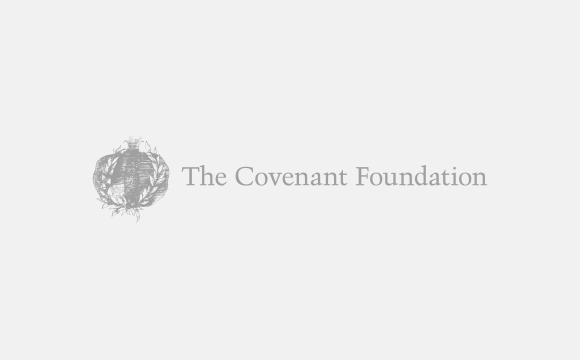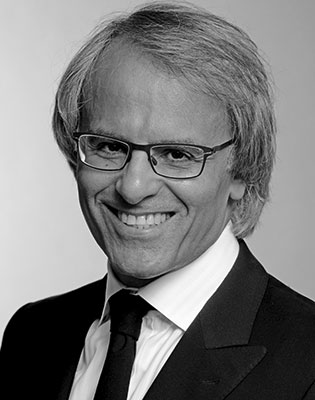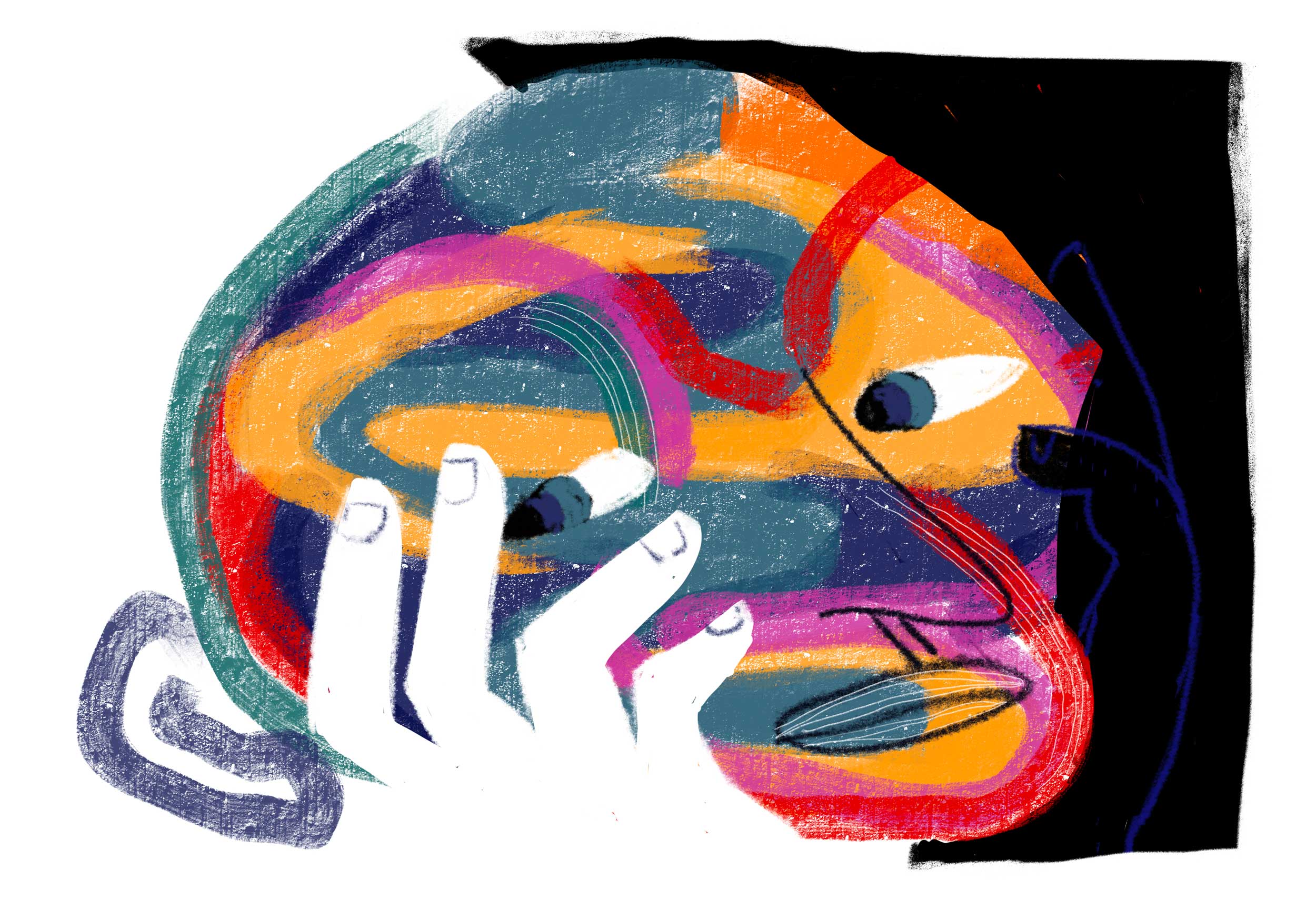Re-Focus: Creator of the Jewish Lens Takes on Diversity
For the past two years in addition to his groundbreaking work with The Jewish Lens, Ozeri has been working with New York City public school teachers and students in a new project, The Diversity Lens, applying his proven methods and concepts to inspire students toward greater self-expression and understanding of their communities.
An exhibit of the New York City student works has been on view in the rotunda of the historic Tweed Courthouse, now the seat of New York City’s Board of Education. During the last school year, 15 teachers from 12 city schools (with every borough represented) participated with Ozeri. In today’s digital world, with so many having access to gadgets producing imagery, it was important to him that people understood how to “read” an image and, most importantly, “how to read between the lines.” The award-winning photographer provided practical advice and inspiration to help the teachers encourage the natural talents in their students, not simply to learn the mechanics of taking photographs, but to take the most expressive photographs they could.
Ozeri and the teachers met four times during the year, in space lent by the Metropolitan Museum and the Museum of Modern Art (teachers were encouraged to view exhibitions after their sessions). To introduce the project, Ozeri showed photographs taken by students in the Jewish Lens’ programs. For the exhibition, Ozeri and the teachers selected the works to be featured; Ozeri notes that it was important that the students understood that a professional photographer would be viewing their work. He also encouraged teachers to organize exhibitions in their own schools.
The students took their photos with their own equipment, whether cameras or smart phones. Ozeri used a professional lab to do the printing, as he says, he “didn’t want to compromise.”
“It’s not just about good composition — although that’s very important — but to take it a step further, to explore something that’s really important and express it,” says Ozeri. These are photographs – in color and also black-and-white – about friendship, family, community, home and the self.
To walk through the exhibition, a viewer might think he or she is in a contemporary gallery, for the quality and originality of the work. There’s energy, insight and tenderness in the photos, along with a respect for the medium. Images range from the familiar to scenes that are more obscure, that might take the viewer more than a few seconds to recognize. Each photograph is titled, identified by the photographer and school, and accompanied by a brief text, or “artist’s statement,” in which the young photographer explains the context of the scene. Often, the statements are quite personal.
“We wanted to show the diversity and universality of the people of our city,” Karen Rosner explains. The Coordinator of Visual Arts for the New York City Department of Education, Rosner worked with Ozeri to implement the program.
Among the images in the exhibit are New York scenes like the deserted elevated Van Siclen Avenue train station in Brooklyn, a Forest Hills laundromat (titled “Useful Materials”) and the Coney Island parachute. “No one really sees the details of the parachute,” the student writes, “because no one is ever interested in looking up.” In the colorful “A Family Christmas,” a young woman shows her family’s collection of Baby Jesus dolls (“the smallest baby Jesus is mine,” she writes). Others capture an ordinary Bronx building bathed in amazing light, the patterns on the sidewalk where a skateboarder is practicing his art and a mother putting on her makeup in the morning (an uncommon moment, as this mother doesn’t like being photographed). The photographer notes that as an artist, she tries to capture a “rare moment of trust” between herself and the subject.
Several of the students were born outside of New York City. One photographed a bird in Belarus, the student’s “motherland.” In “The Beautiful Game,” a young man who was born in Iraq fills the frame with a soccer ball and explains that he “grew up dreaming of becoming a professional soccer player.”
A student whose family had to relocate after Hurricane Sandy calls her photo “Sandy’s Warriors,” with family members standing in a close cluster, holding pots, an iron and tools; she writes of “the never-ending process of rebuilding.”
The New York City project was funded by a private foundation, with a small grant secured by Ozeri. Going forward, Ozeri would like to bring the program into more schools, and to print a catalog of images. He explains that having the photos not just exhibited but published would be tremendously empowering for the students.
It is important to note that to date, The Jewish Lens curriculum has been implemented in hundreds of schools with more than 30,000 students participating in the United States and Israel, as well as in Canada, the UK, and South Africa. An additional 40 schools have registered this fall to use the organization’s newly revamped website that offers curricular guides, lesson plans and training materials, and also enables teachers to offer hands-on activities, track progress and interact with students online. A Hebrew-language website is about to launch in Israel, and Ozeri has been working closely with the Center for Educational Technology to make the program widely available to Israeli schools.
With his generosity of spirit, Ozeri has enabled these young photographers to begin to find their voices, in words and images, and express their own visions.





![In Pursuit of “Beloved Community”: The Work of the In[HEIR]itance Project](https://covenantfn-live.s3.amazonaws.com/wp-content/uploads/2020/09/22090751/Inheiritance-Project-cover-illustration-high-res-Credit-Annita-Soble.jpg)